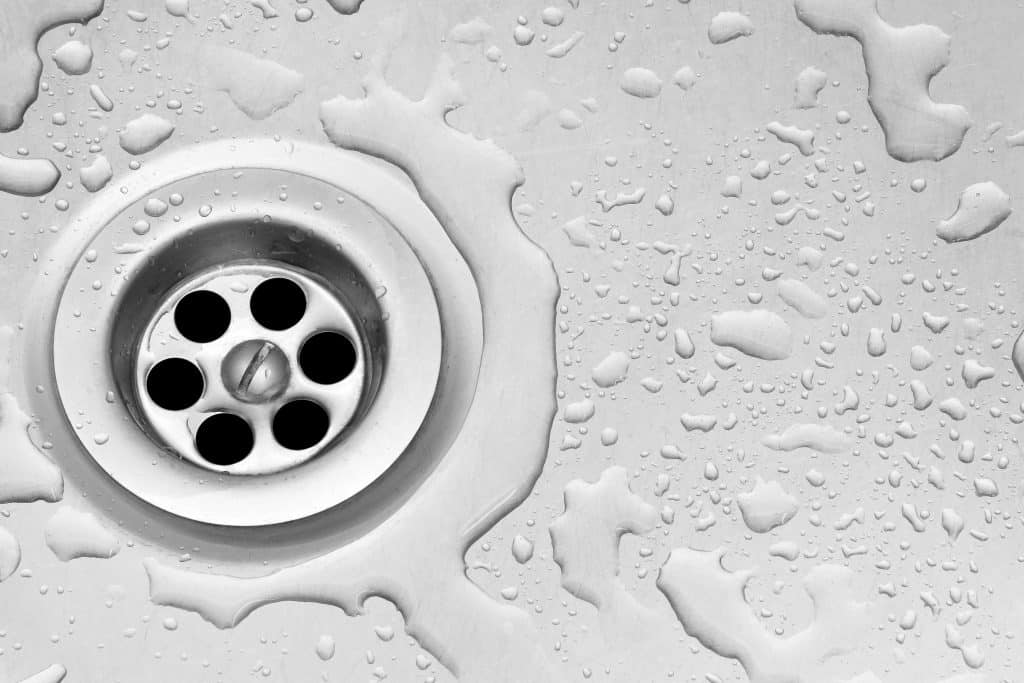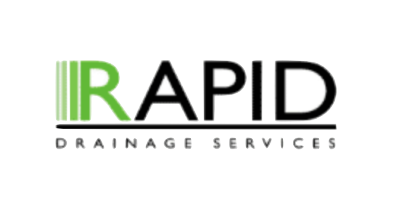Everything You Need to Know About Drains
Everything You Need to Know About Drains
They’re hidden behind walls, under floors, and beneath our gardens, but drains are the unsung heroes of every home and business. Without them, even the simplest daily routines like cooking, cleaning, and showering would turn into chaos. Yet, most people rarely think about their drains until something goes wrong – a slow sink, a bad smell, or, worse, a full-blown blockage.
Whether you’re a new homeowner or simply looking to avoid unexpected plumbing disasters, this guide breaks down everything you need to know about drains, from how they work to how long they last and the most common problems to watch out for.
1. Drains vs Sewers: What’s the Difference?
Let’s start with one of the biggest misconceptions in home maintenance – the difference between drains and sewers. They’re closely connected but serve very different purposes.
🏠 Drains: Your Responsibility
A drain is the pipe that carries wastewater away from your home or building to the local sewer system. It handles water from sinks, toilets, showers, and appliances, basically everything that disappears down a plughole in your property.
Drains are privately owned, meaning you’re responsible for keeping them clean, clear, and in good working order. If your sink backs up or your toilet refuses to flush, that’s on you (sorry).
🌆 Sewers: The City’s Responsibility
Once your drain connects to the larger sewer network, responsibility shifts to your local water authority. The sewer system transports waste from multiple properties to a treatment facility, where it’s cleaned and safely returned to the environment.
So, in simple terms:
Your drains = your problem
Public sewers = the council or water company’s problem
If you’re not sure where the handover happens, the UK Government drainage responsibility guide outlines exactly which pipes belong to you and which don’t.
2. Types of Drains and Pipes in Your Home
When most people imagine plumbing, they picture a tangle of mysterious pipes that “just work.” But not all drains are created equal, and understanding which types you have can help you maintain them properly (and explain issues clearly when calling in the experts).
Here are the most common types of pipes used in UK homes:
PVC (Polyvinyl Chloride)
The modern standard for residential plumbing.
Lightweight, durable, and resistant to corrosion.
Lifespan: 75–100 years.
Cast Iron
Common in older homes, known for its strength and durability.
Can corrode over time and is heavy to replace.
Lifespan: 75–100 years (with maintenance).
Copper
Excellent for water supply lines due to its antibacterial properties.
More expensive but long-lasting and reliable.
Lifespan: 50+ years.
Galvanised Steel
Often found in homes built before the 1960s.
Prone to rust and mineral build-up, leading to reduced flow.
Lifespan: 20–50 years.
Corrugated Plastic (Flexible Pipes)
Common for outdoor drainage like garden runoffs or soakaways.
Easy to install but less durable over long periods.
Lifespan: 25–40 years.
Knowing which types of pipes you have makes it easier to spot potential issues – and helps professionals like Rapid Drainage give you accurate advice and quotes for maintenance or repair.
3. How Long Do Drains Last?
Sadly, no plumbing lasts forever (even if it’s out of sight and out of mind). Over time, natural wear and tear, ground movement, and environmental factors all take their toll.
Here’s a general guide to how long your drains should last with proper care:
| Pipe Type | Average Lifespan | Common Issues |
|---|---|---|
| PVC | 75–100 years | Minimal, but can warp under extreme heat |
| Cast Iron | 75–100 years | Corrosion and internal rust |
| Copper | 50+ years | Pitting and pinhole leaks |
| Galvanised Steel | 20–50 years | Rust and sediment build-up |
| Brass | 40–70 years | Wear at joints and fittings |
If your home was built over 30 years ago and hasn’t had a drainage inspection since, it’s worth scheduling one. A quick CCTV drain survey can reveal hidden cracks, leaks, or blockages before they turn into costly repairs.

4. Common Drainage Problems (and How to Spot Them Early)
Even the best plumbing systems need attention from time to time. Recognising the warning signs of drain trouble early can save you thousands in repairs. Here are some of the most common issues to watch for:
🌀 Blocked or Slow Drains
Water taking forever to drain from your sink, bath, or shower? That’s your cue. Blockages often occur when grease, hair, or soap scum builds up over time. If left untreated, they can lead to full-blown clogs and foul odours.
Quick Fix:
Regularly flush drains with hot water and baking soda. If that doesn’t work, call a professional before it becomes a bigger problem.
🌳 Tree Root Infiltration
This one sounds like something out of a horror film, and for your drains, it might as well be. Tree roots naturally seek moisture and can grow directly into small cracks in your pipes. Over time, they cause blockages, breakages, and even total collapse.
Warning Signs:
Gurgling noises from toilets or drains
Frequent blockages despite cleaning
Soggy patches in your garden
Fix:
A CCTV drain inspection can confirm the issue, and high-pressure jetting can remove root intrusion without digging up your garden.
💧 Pipe Fractures and Cracks
Pipes expand and contract with temperature changes, causing cracks over time. These tiny fractures allow water to escape into the surrounding soil, leading to damp patches and unstable ground.
Warning Signs:
Damp or mould on interior walls
A sudden drop in water pressure
Unexplained puddles outdoors
Cracks can be repaired using drain relining, a modern no-dig technique that seals damaged pipes from the inside.
⚙️ Dislocated or Broken Joints
Ground movement, construction work, or even heavy rainfall can cause joints between pipes to shift or disconnect. When this happens, water leaks out, leading to erosion and potential structural issues.
Fix:
A professional engineer can use CCTV inspection to identify and re-align joints or replace damaged sections without major disruption.
5. Maintaining Your Drains the Right Way
Regular drain maintenance is like taking your car for an MOT, it prevents disasters and keeps everything running smoothly. Here are a few expert tips from the Rapid Drainage team in Essex:
Flush weekly: Pour boiling water down sinks to prevent grease build-up.
Use strainers: Catch food, hair, and debris before they enter the pipes.
Avoid chemicals: Harsh cleaners corrode pipes; use enzyme or natural solutions instead.
Book an annual drain inspection: Especially important for older properties or commercial buildings.
Preventive maintenance is far cheaper than emergency callouts, and a lot less stressful.
6. When to Call the Professionals
If you’ve noticed repeated blockages, unpleasant odours, or slow drainage despite cleaning, it’s time to bring in the experts.
At Rapid Drainage, we provide:
Drain maintenance in Essex for homes and businesses.
CCTV surveys to diagnose hidden issues.
High-pressure water jetting for stubborn blockages.
Pipe relining and repairs without excavation.
Whether it’s a minor blockage or a major structural fault, our trained engineers respond quickly – 24/7, to keep your drains flowing freely.
7. The Takeaway: Drains Deserve Your Attention
Drains might be out of sight, but they should never be out of mind. Regular maintenance, early detection, and professional care are the keys to a healthy drainage system that lasts for decades.
So, next time you hear a gurgle or catch a whiff of something suspicious, don’t ignore it – your drains are trying to tell you something.
And when they do, you know who to call.
📞 Call Rapid Drainage today
🌐 Visit https://rdrainage.co.uk/contact-us/ to book professional drain maintenance in Essex or schedule a CCTV drain inspection.
Because when it comes to keeping your drains healthy, prevention always beats cure.


